Perfect board for making a clock using your favorite display shield (Nixie, LED matrix etc).
Designed by florinc in Canada
Buy with confidence.
Our Tindie Guarantee protects your purchase from fraud. Learn More
This project is actually a revisit of my old Wiseduino, with the same goal: an Arduino-compatible with on-board Real Time Clock, and some extras (in this case, an XBee-like device). I renamed it "wsd…
Read More…This project is actually a revisit of my old Wiseduino, with the same goal: an Arduino-compatible with on-board Real Time Clock, and some extras (in this case, an XBee-like device). I renamed it "wsduino", although the pronunciation should remain the same :)
I redesigned wsduino mainly for the Axiris IV3 clock (see photos), whose enclosure allows for only 2 boards (Arduino + IV3 shield), with openings for power socket, USB, and no accessible buttons. Essentially, wsduino saves you an extra shield, which would have hosted the RTC (+backup battery).
wsduino comes as a kit, which includes (see photo):
An FTDI breakout is required to upload sketches. The orientation of the FTDI connector is marked on the top silkscreen (but can be used on either side) with "BLK" and "GRN".
Assembling the kit is quite trivial, except maybe for the 2 SMD parts (DS3231 RTC and A1117 voltage regulator), which must be soldered on the bottom of the PCB. Pay special attention to the orientation of DS3231.
A minimal wsduino is shown in the last 2 photos. The processor runs on the internal oscillator at 8MHz, powered through the USB miniB connector. The RTC and 3V3 regulator are soldered on the bottom.
Solder the crystal (and the 22pF capacitors) ONLY if you plan to run your wsduino at 16MHz (in this case use the ATmega328 with bootloader for 16MHz).
Soldering the power jack, the 7805 and the diode are optional as well. If you plan to power your wsduino from USB (through the USB mini B connector), you don't need to solder the mentioned components.
The 3V3 regulator (soldered on the bottom) is used to power the XBee (or XBee-footprinted, like GPSBee, BTBee etc) module. If you don't use any, you can leave it out (unless it is required by any of your shields that you will plug into wsduino).
Note: Although the silkscreen says 100uF for C1 and C2, the capacitors included may differ (depending on the stock I have). The rule is this: C2 must be the highest voltage (e.g. 16-25V), then C1 should be the middle voltage (10-16V). C7 is always 470uF/10V, filtering 3V3 (takes some of the initial load from the XBee when the board is powered up). In case C1 you received is higher than the header, you need to bend its terminals and solder it on its side (see the photos).
No country selected, please select your country to see shipping options.
No rates are available for shipping to .
Enter your email address if you'd like to be notified when wsduino kit - Arduino-compatible with onboard RTC can be shipped to you:
Thanks! We'll let you know when the seller adds shipping rates for your country.
| Shipping Rate | Tracked | Ships From | First Item | Additional Items |
|---|---|---|---|---|
|
:
|
Buy with confidence.
Our Tindie Guarantee protects your purchase from fraud. Learn More
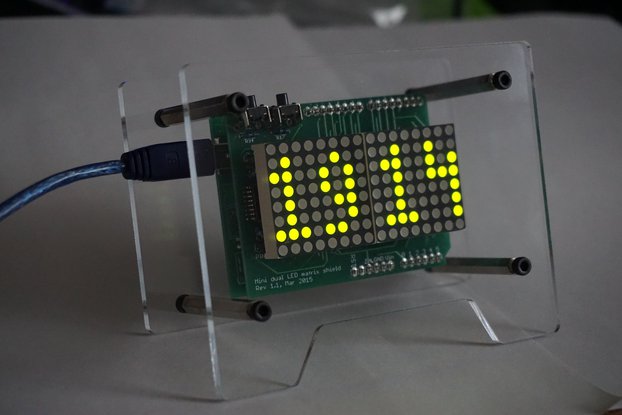
$56.00
Free Shipping!

$40.00
Free Shipping!
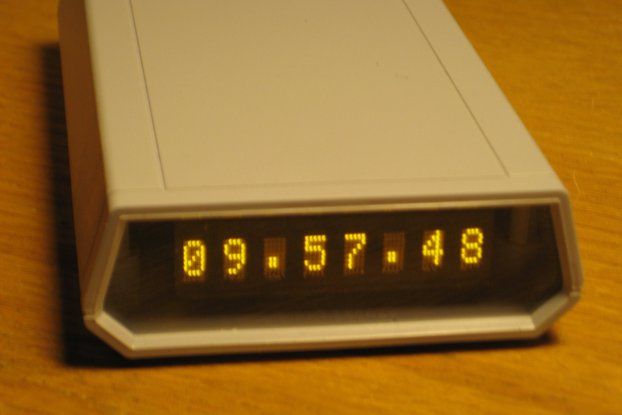
$59.00
Free Shipping!
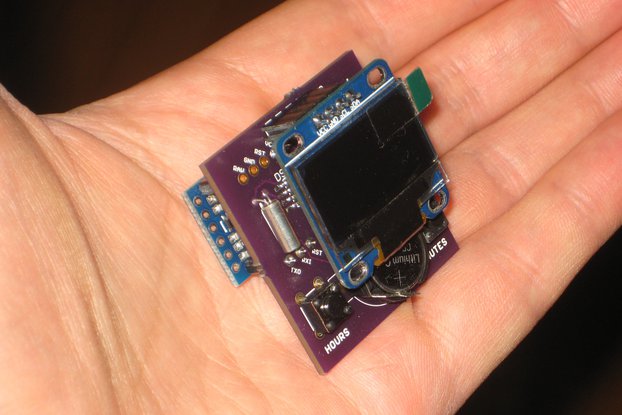
$27.00
Free Shipping!
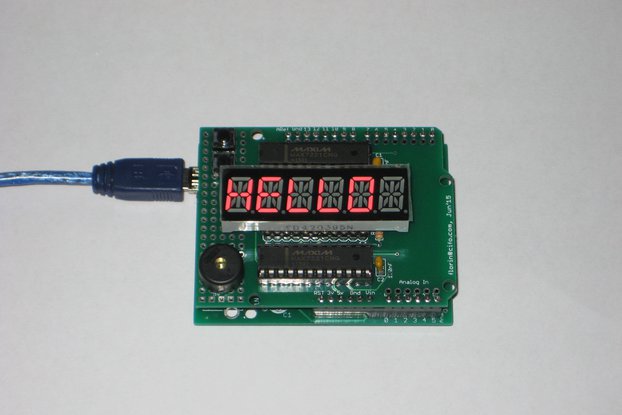
$22.00
Free Shipping!
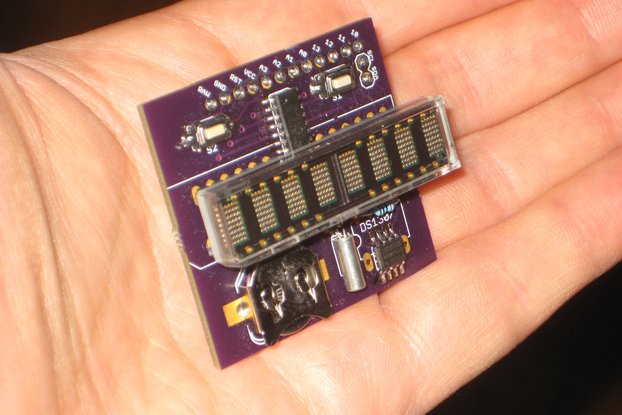
$30.00
Free Shipping!

$18.00
Free Shipping!
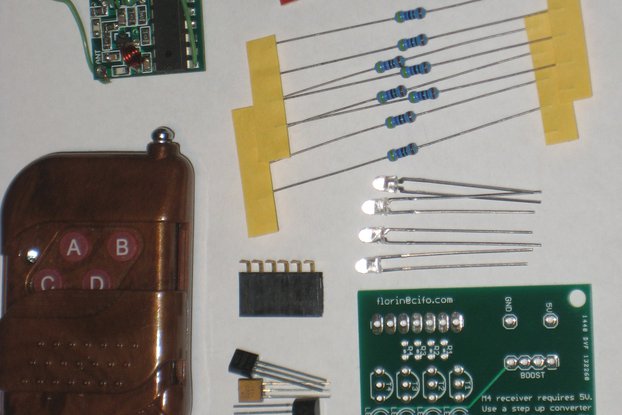
$9.00
Free Shipping!
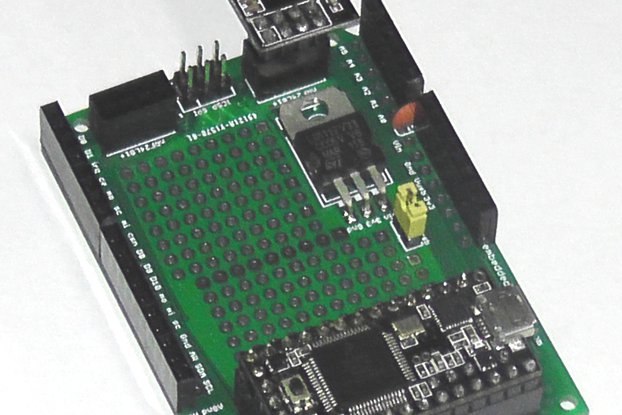
$5.50
Free Shipping!

$6.50
Free Shipping!
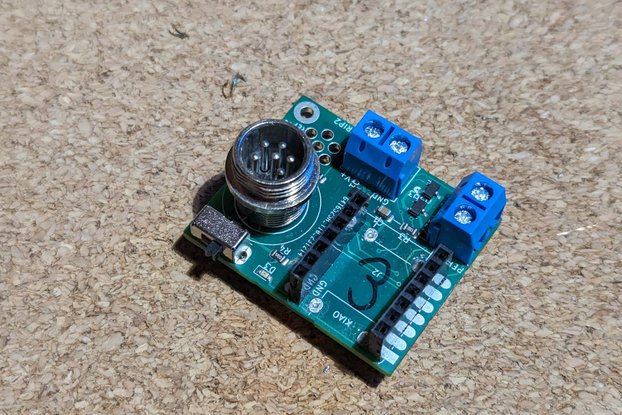
$27.00
Free Shipping!
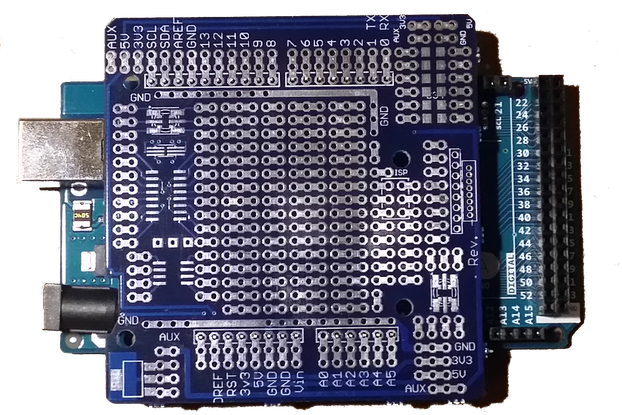
$6.00
Free Shipping!
By clicking Register, you confirm that you accept our Terms & Conditions
We recognize our top users by making them a Tindarian. Tindarians have access to secret & unreleased features.
We look for the most active & best members of the Tindie community, and invite them to join. There isn't a selection process or form to fill out. The only way to become a Tindarian is by being a nice & active member of the Tindie community!
